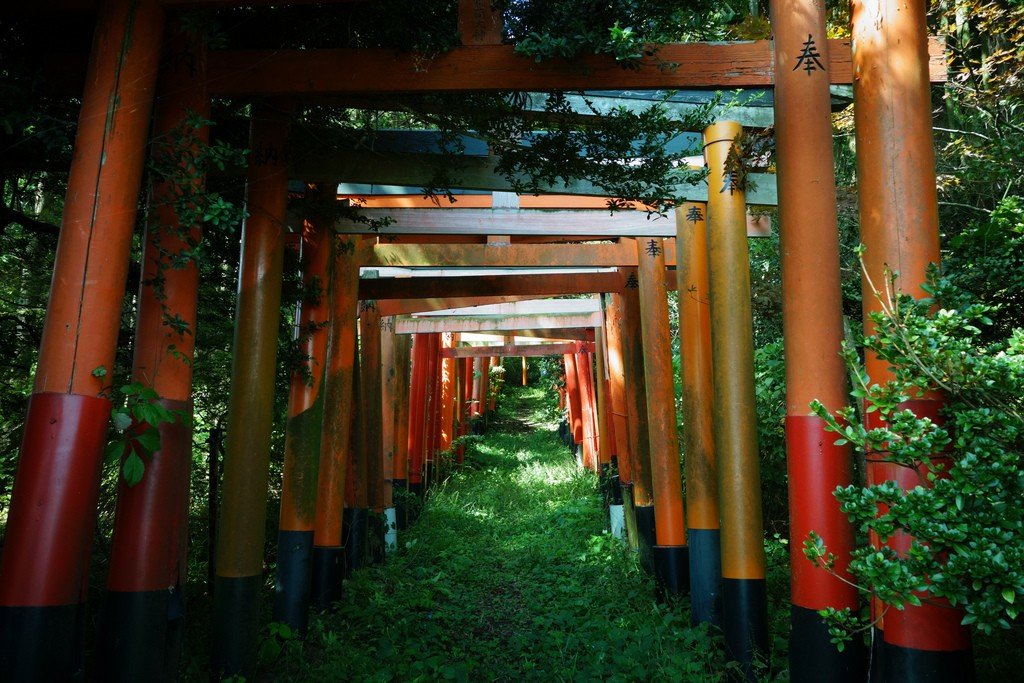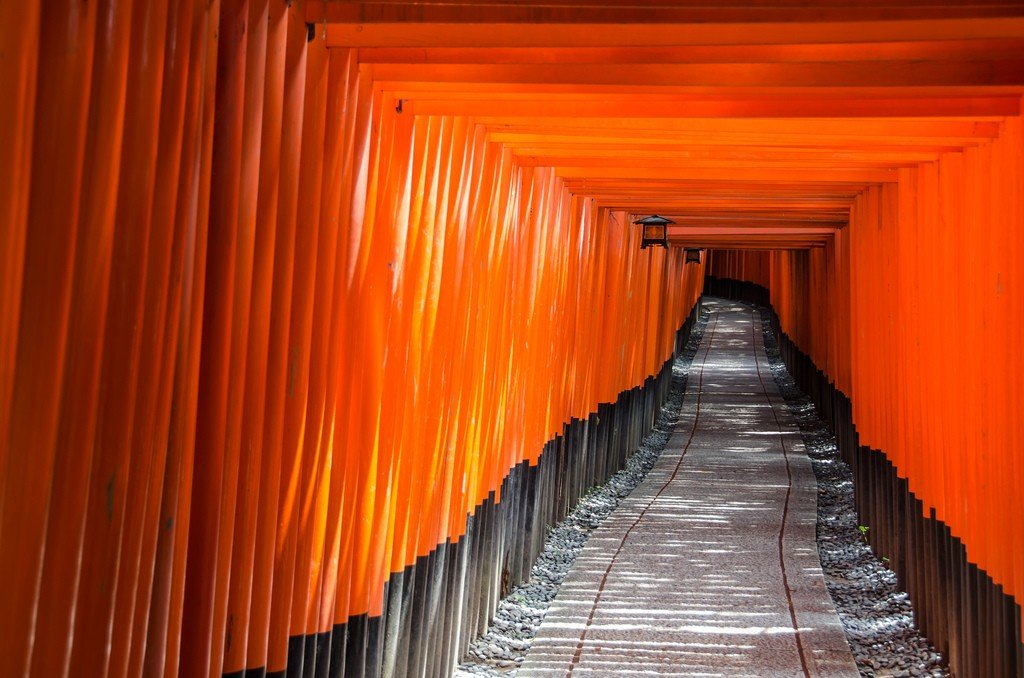Fushimi Inari Shrine
Fushimi Inari Temple is a popular Shinto temple in Kyoto, Japan. The temple is dedicated to Inari, the god of rice, who is one of the most revered gods in the Shinto pantheon.










General information
Fushimi Inari Shrine is mainly known for the untold number of Torii Gates that have been donated by worshippers. The gate is located on the road to the temple, which goes up a wooded mountain to Inari-san, where the main temple building is located. It takes about two hours to walk to the temple along this avenue. On the way to the top, passing through torii, you will see small chapels, tombs, and statues of foxes, which are the messengers of this god. Also, about halfway up there will be a lookout point overlooking Kyoto. At the top of the mountain there is no open view – everything is blocked by trees – but you can rest on the steps of the temple before heading down.
.It’s better to plan a visit to the temple in the evening – it won’t be so hot, and there will be noticeably fewer people. Despite the fact that most of the shops on the way close at 17-18 hours, on the way up the mountain there are vending machines with water – there should be no problems.
.
Interesting facts
- Kitsune Udon (Fox Noodle) is a noodle soup served with pieces of fried tofu. This dish was the favorite dish of the foxes, so it is served in several small restaurants along the road to the temple. .
- The road up is not that big, but quite steep. The climb is about 200-300 meters, and the way to the top is about 1.5 kilometers.
- Fushimi Inari Shrine became an object of Imperial patronage during the early Heian period. And from 1871 to 1946, it was actively maintained by the government.
- The earliest buildings on Inariyama Hill appeared in 711. But the shrine was moved here in 816 at the request of the monk Kukai. In 1499, the main building was constructed. At the bottom of the hill are the main gate and the main building. Behind them, in the middle of the mountain, is the inner religious house, which is reached by thousands of paths. Tens of thousands of mounds for worship lead to the top of the mountain.
- Foxes are regarded as messengers, and frequent the Inari Sanctuaries. One peculiarity is that their teeth contain the key to the granary. Unlike most other Shinto shrines, at Fushimi Inari taisya the object of worship is open for free viewing. During the Japanese New Year, millions of visitors come here (over 2.5 million people visit in 3 days).
